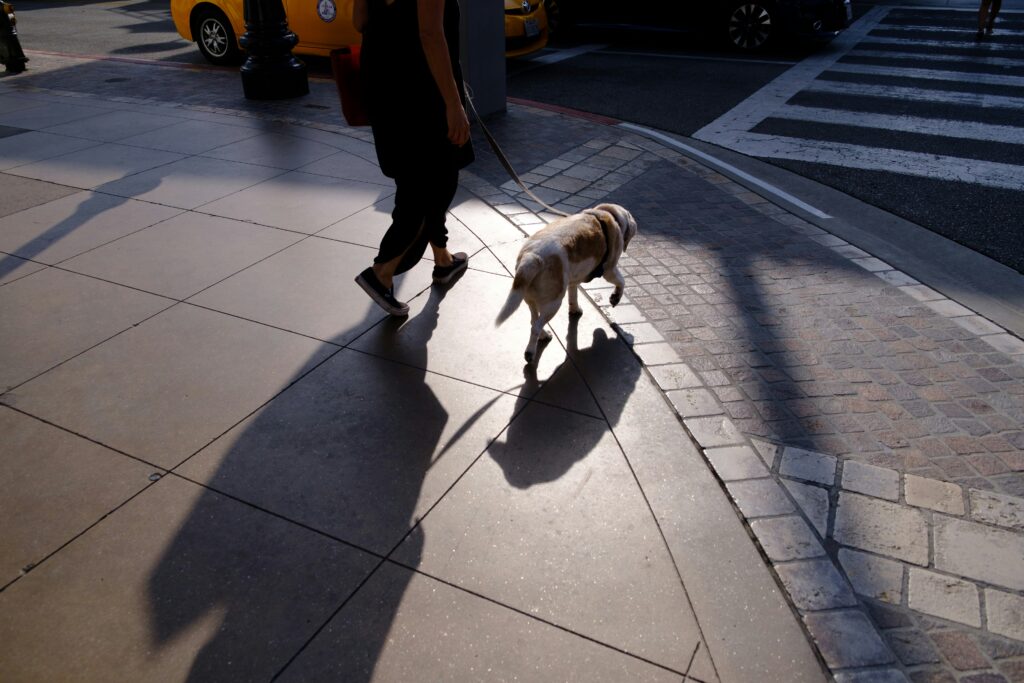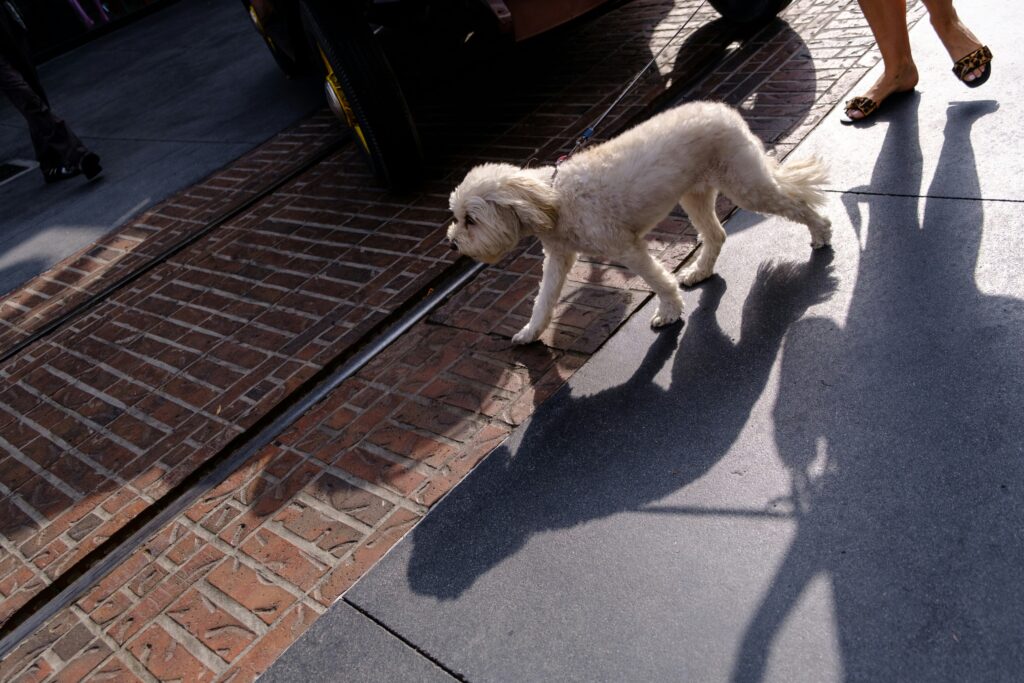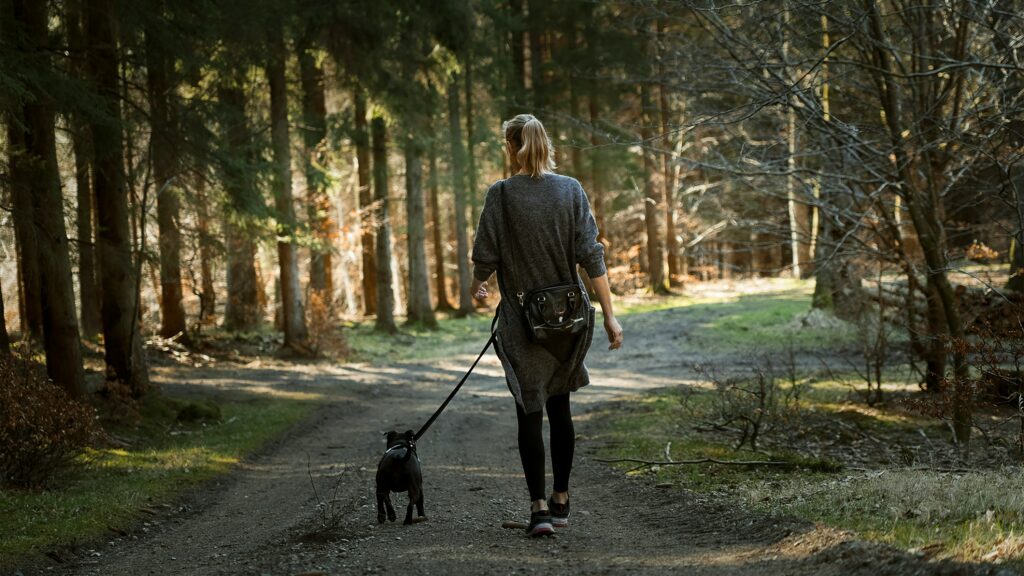Social Skills on a Leash: How Walks Help Dogs Interact
The Power of the Daily Walk for Dog Socialization
Dogs are naturally social creatures—but just like people, they need practice to develop good social skills. A well-mannered dog around others doesn’t just happen overnight. One of the best tools for building these skills? Daily walks.
Walks give dogs exposure to new environments, unfamiliar sounds, other animals, and people. Over time, this exposure helps reduce anxiety, improve confidence, and reinforce calm behavior.
Here’s how walks play a big role in your dog’s social development and behavior.
1. Exposure to Other Dogs
One of the most common interactions during a walk is passing or approaching another dog. With repeated, supervised experiences, your dog will learn:
-
Proper greeting behavior (no jumping or lunging)
-
When to sniff and when to keep walking
-
How to remain calm when other dogs bark or react
These interactions teach your dog valuable lessons in canine communication—body language, boundaries, and tolerance.
2. Learning People Skills
Walks expose your dog to a variety of humans: joggers, kids on bikes, delivery drivers, and people with hats, bags, or strollers. This consistent exposure helps them:
-
Become comfortable with different appearances and movements
-
Avoid reactive behaviors like barking or growling
-
Learn when it’s okay to approach and when it’s time to ignore
If your dog is shy or nervous around strangers, frequent walks in low-traffic areas can help gradually build confidence.
3. Controlled Social Practice
A daily walk is a safe and controlled environment for socializing your dog. Unlike dog parks or chaotic playgroups, you have the leash, the timing, and the ability to intervene. This makes it easier to:
-
Prevent unwanted behaviors (like jumping or pulling)
-
Redirect your dog when needed
-
Positively reinforce calm, friendly interactions
You can think of it like social skills training on-the-go.
4. Confidence in New Environments
Many behavioral issues stem from fear or uncertainty. Walks give your dog repeated chances to experience new sights and sounds—like cars, squirrels, construction noises, and slippery sidewalks. Over time, this helps your dog:
-
Adapt to new situations more easily
-
Build trust in you as a leader
-
React with curiosity instead of fear
With consistent walks, even the most hesitant dogs can become more outgoing and self-assured.
5. Boundaries and Manners
Every walk is an opportunity to teach polite behavior:
-
Waiting at curbs
-
Ignoring distractions
-
Sitting calmly when other people approach
Practicing these habits in public helps your dog carry those same behaviors into other situations, such as vet visits, family gatherings, or pet-friendly events.
6. Helping Reactive or Anxious Dogs
Dogs who bark, lunge, or act fearful on leash can greatly benefit from structured walking routines. Daily exposure in small doses, combined with positive reinforcement, can desensitize them to triggers and teach them to stay calm.
Working with a trainer or behaviorist during walks can accelerate this progress, but the daily consistency is key.
Final Thoughts
Dogs aren’t born knowing how to socialize—just like us, they learn over time. Daily walks provide the perfect training ground to build those social skills gradually and naturally. The more they see, hear, and experience, the better they get at responding appropriately.
With your guidance, your dog can become a confident, friendly, and well-mannered companion both on leash and off.



